General Atomics showed the layout of the "faithful slave" Eaglet
The American company General Atomics continues to develop advanced UAVs designed to interact with heavy-duty equipment. A few days ago, she presented a full-size mock-up of such drone called Eaglet. In the future, it should become a "faithful wingman" for the heavy MQ-1C and MQ-9 UAVs, as well as expand their operational and combat capabilities.
Drone with drone
The Loyal Wingman concept in its original form provides for the creation of a UAV capable of interacting with a manned aircraft and working on its commands. Such a drone should take on the most dangerous work, reducing the risks for the aircraft and its crew. Not so long ago, it was proposed to implement such a concept using only unmanned vehicles.
In 2020, the US Air Force launched the ALE (Air-Launched Effects) competition. Its goal is to create a new medium-weight drone that can perform the functions of a “slave” for a heavy class UAV. The latter will then become its carrier. Several companies have joined the program, incl. General Atomics Aeronautical Systems, Inc., with extensive experience in the unmanned aviation.
A year ago, at the SOFIC-2021 conference dedicated to equipment and systems for the Special Operations Forces, GA-ASI showed the appearance of a new product for the first time. In the published image, the artist showed a heavy MQ-9 UAV carrying out the launch of two smaller "wingmen" of a distinctive appearance. Later, new pictures with a promising drone appeared.
During SOFIC-2021, the developer company noted the very existence of a new project, but did not disclose its details. The name of the drone, its tasks, features and characteristics remained unknown.
A few months later, at the US Air Force Association conference, GA-ASI demonstrated a scale model of the previously shown UAV. As before, details and technical information were not given.
Project "Eaglet"
Last week, another SOFIC-2022 conference took place, and GA-ASI once again showed its latest developments. In particular, a full-size mock-up of a slave drone, shown only in the picture a year ago, was brought to the exhibition. This time, the developer company revealed the main features of the project and announced its plans for the future.
The “faithful wingman” for heavy UAVs is called Eaglet (“Eaglet”). It is being developed as part of the ALE program and at the same time is part of the GA Evolution Series initiative aimed at creating and mastering new technologies and solutions in the field of unmanned aircraft.
The goal of the Eaglet project is to create a multi-purpose UAV launched from heavy vehicles. Such devices, starting from the carrier, will be able to solve a wide range of combat and auxiliary tasks. According to the requirements for the ALE program, “loyal wingmen” must conduct reconnaissance using various means, provide target designation, use electronic warfare systems, and even hit detected targets.
Like other "faithful followers", Eaglet UAVs are designed to operate in hazardous areas. The loss of such a product from the effects of enemy air defense will not be a big problem. At the same time, the more expensive and valuable heavy UAV will remain outside the affected area and continue to work.
GA-ASI reports that the new Eaglet project will be presented to the US Air Force in the summer. The first flight is scheduled for the end of the year. How long the tests and fine-tuning will take, and how soon the UAV will be able to reach the series, is not reported. Planned completion dates for the ALE program were also not disclosed.
Design features
The Eaglet UAV is a medium-sized UAV built according to a normal aerodynamic configuration with a V-tail. At the same time, interesting solutions and ideas are used in the design that influenced the design and appearance.
"Eaglet" is built in a fuselage with a flat bottom and a convex top. It is likely that composite materials are widely used in the design. The fuselage contours indicate the use of stealth technologies and a slight reduction in visibility. In the forward part of the fuselage there is a frontal air intake. As a central body, there is a jumper in it, from which the propeller shaft emerges.
The drone received a folding wing. In the transport position, the consoles are laid along the fuselage, in the working position they reach the standard sweep. Used V-tail. Control surfaces are provided on all planes.
The type of propulsion system is unknown. The frontal air intake indicates the use of a piston or turboprop engine. In this case, the recess on the upper surface of the fuselage may be a theater nozzle. The flight is carried out with the help of a pulling propeller.
Obviously, a special control system with the greatest possible autonomy is being developed for the Orlyonok. It must fly along a given route, perform assigned tasks and respond to changing situations. How the development of such a system is progressing is not reported.
The wingspan and length of the Eaglet UAV is approx. 10 feet (approx. 3 m). Weight - 200 pounds (91 kg). Maximum speed - 210 km / h. Range - 700 km, flight duration - 8 hours. The launch will be carried out from an air carrier. The method of landing is unclear. The possibility of returning to a heavy UAV is not ruled out.
The payload of the "Eaglet" is placed inside the airframe and weighs 20-30 pounds (9-13,6 kg). The drone will be able to carry devices for various purposes, but the developer does not specify which ones.
Heavy UAVs MQ-1C and MQ-9 are considered as carriers of the "slave". Eaglet products will be externally slinged using standard payload carriers. MQ-1C and MQ-9 will be able to carry and use two drones.
Theory and practice
The Loyal Wingman concept appeared a long time ago and has been actively studied by leading countries since then. It has shown its potential at a theoretical level, and now real projects are being developed with an eye to implementation in the Air Force. In addition, the possibility of creating special variants of the "faithful slave", such as ALE / Eaglet, is being worked out.
In general, the advantages of an unmanned "slave" are well known. A special UAV accompanying the aircraft is able to take on some of the combat and auxiliary tasks, as well as possible risks when working in the danger zone. The aircraft can control one "wingman" or several. Group application allows you to cover a larger area and quickly collect the necessary information or complete all attacks.
Heavy reconnaissance and strike UAVs, such as the MQ-1 or MQ-9, were once created as a supplement or replacement for manned aircraft and were supposed to take on part of their tasks. The ALE program now proposes to transfer the functions of the "leading" light and medium drones to them. At the same time, it is planned to receive a double set of advantages and benefits.
A carrier in the form of a heavy MQ-9 or MQ-1C will give greater range and duration, as well as all known reconnaissance capabilities. Small Eaglets will be able to increase the working radius of the complex and reduce the risks for expensive heavy carriers. At the same time, the Eaglets will be able to carry different target equipment, which will simplify the organization of specific missions while providing the necessary potential.
However, obtaining such results is associated with certain difficulties. General Atomics and its ALE competitors face a number of important and complex issues. First of all, new control tools are needed - a complete set for the "slave" and additional devices and software modules for the "master". Then there will be a slow and difficult development of new structures and systems on the ground and in the air, associated with certain risks. And only after that Eaglet will be able to fully qualify for a place in the Air Force.
Plans for the future
To date, GA-ASI has carried out the bulk of the design work and is already demonstrating a full-size mock-up of the new UAV. In the coming months, the project will be presented to the customer, and the first flight may take place before the end of the year. Shortly thereafter, the US Air Force will have to study the proposals of the contestants and select the most successful drone for further development.
What will be the results of the ALE program is unknown. The prospects for the Eaglet project within this program are also in question. However, the very fact of the existence of these developments speaks volumes. It shows that the US Air Force intends to continue developing the "loyal wingmen" direction, incl. in the form of fully unmanned systems. How successful this version of the concept will be will become clear in the coming years.
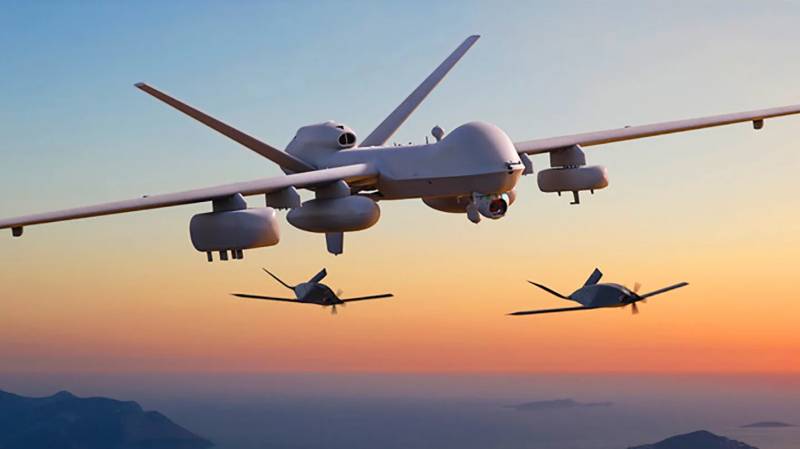
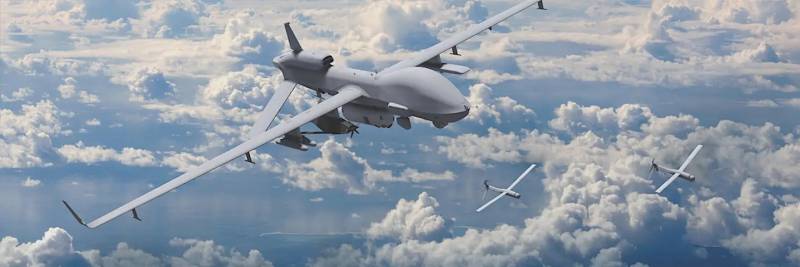
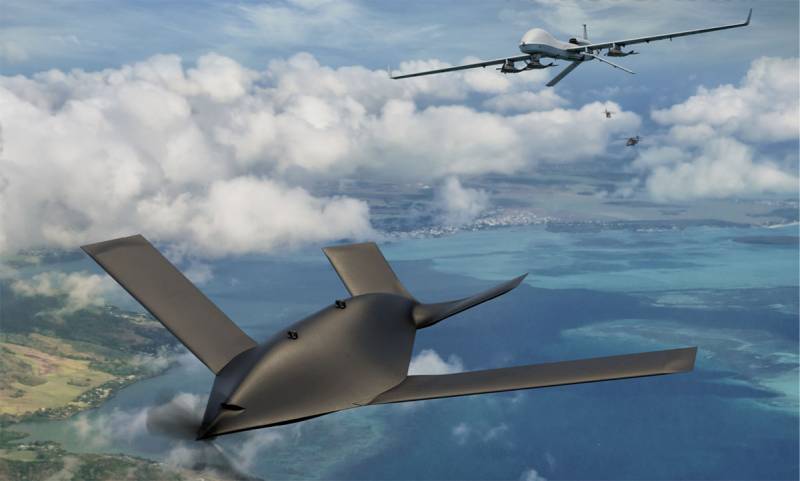
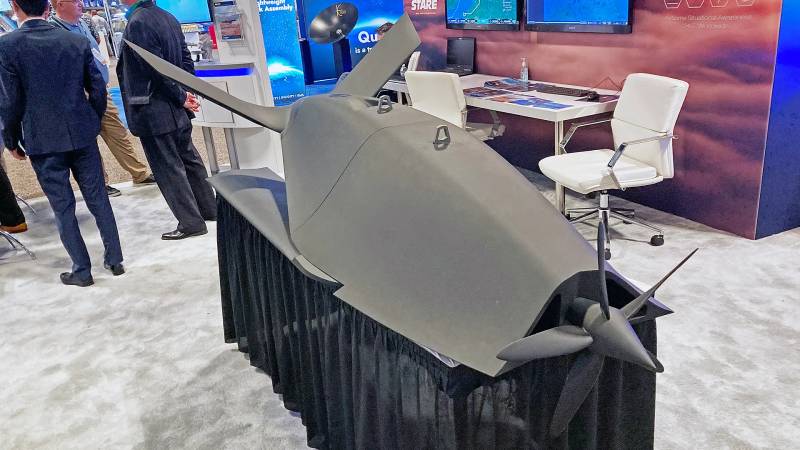
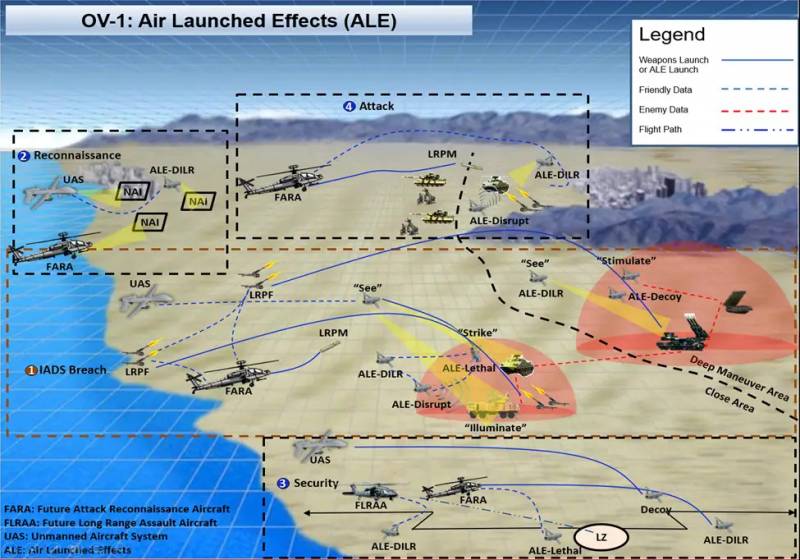
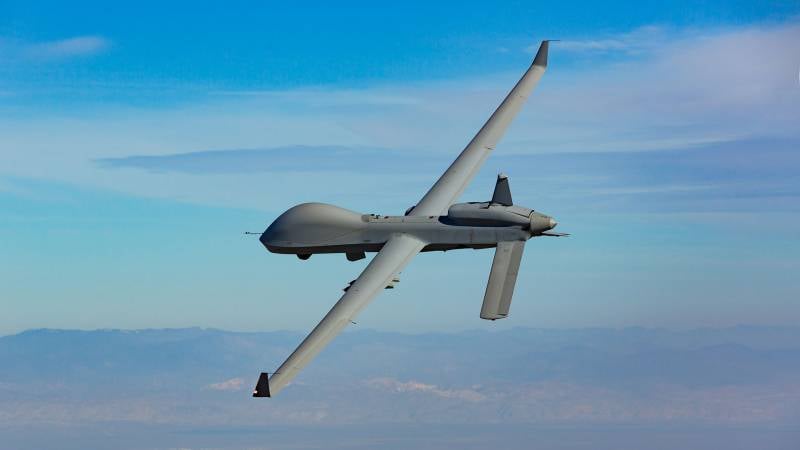
Information